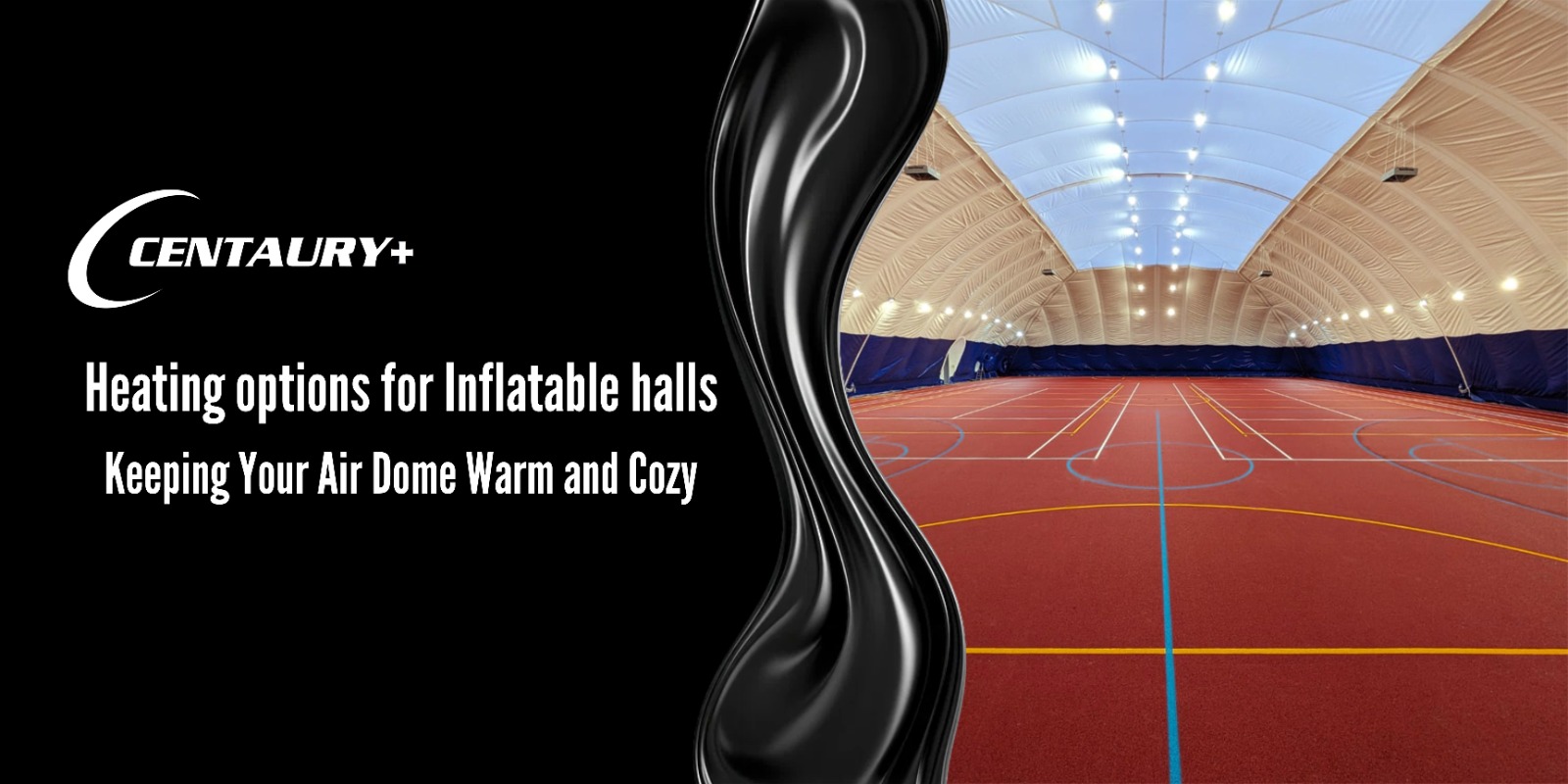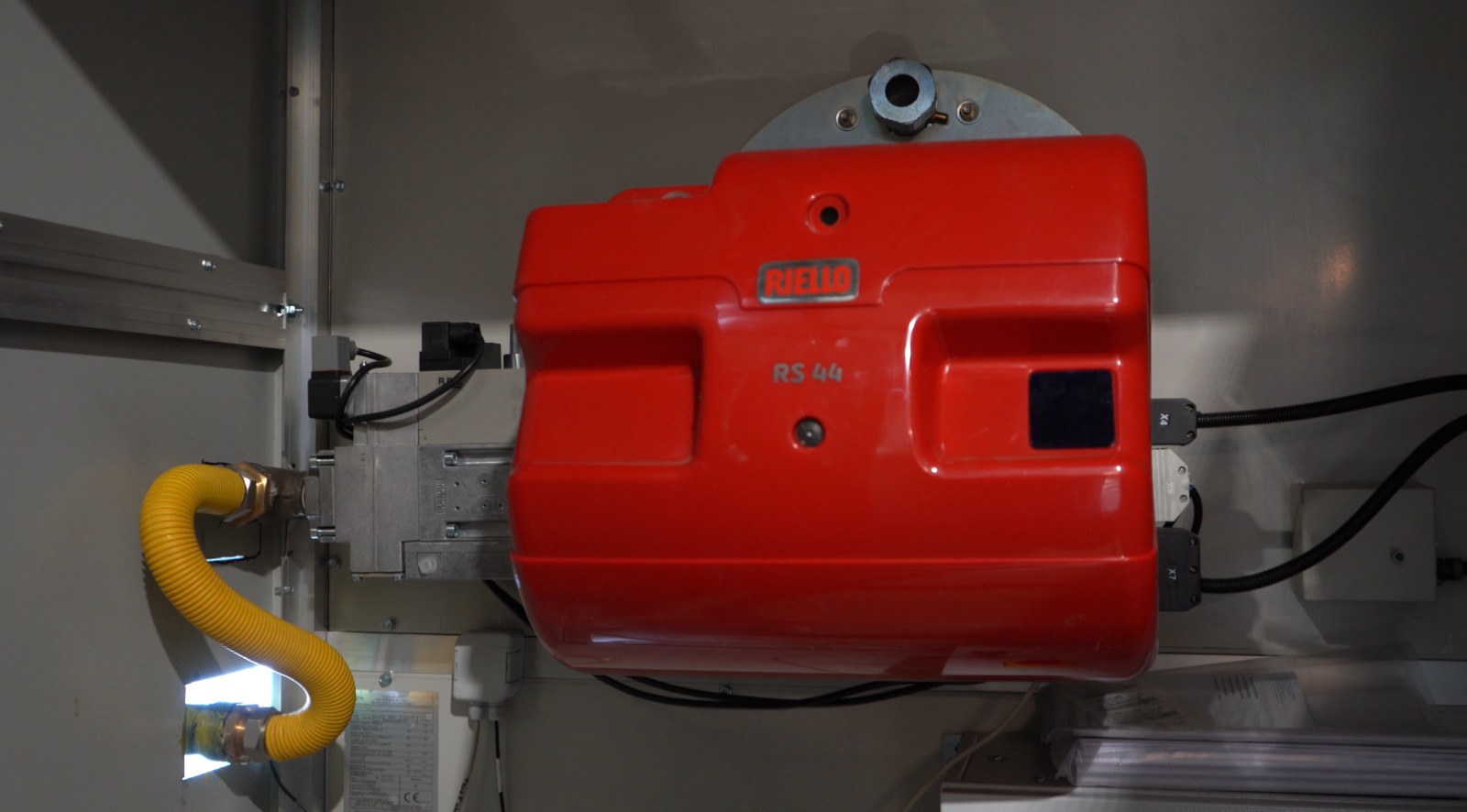
Heating Options for Inflatable Halls: A Comprehensive Guide
As the popularity of inflatable halls and air domes continues to grow, so does the need for efficient heating solutions. These temporary sports structures offer versatility and cost-effectiveness, but keeping them warm during colder months can be challenging. In this comprehensive guide, we'll explore various heating options for inflatable halls, helping you make an informed decision for your air dome.
The Importance of Proper Heating in Inflatable Halls
Before diving into specific heating options, it's crucial to understand why proper heating is essential for inflatable domes. A well-heated air dome ensures not only comfort for users but also the longevity of the structure itself. Proper heating prevents condensation, which can lead to mold growth and damage to the fabric. Moreover, it protects the structure from potential collapse due to snow accumulation by maintaining a temperature differential between the inside and outside of the dome.
Comprehensive Overview of Heating Options for Air Domes
When it comes to heating inflatable halls, there are several options available, each with its own set of advantages and drawbacks. Let's explore these options in detail:
1. Gas Heating
Gas heating has long been a popular choice for air domes due to its efficiency and relatively low cost. However, recent global events have impacted gas prices and availability, making it a more volatile option.
Gas heating systems provide quick and effective heating for large spaces, making them ideal for expansive inflatable halls. The installation process requires professional expertise and annual inspections to ensure safety and optimal performance. While historically cost-effective, the recent fluctuations in gas prices have made long-term cost projections more challenging.
To mitigate price volatility, some air dome owners opt for long-term contracts with gas suppliers. This strategy can help stabilize costs and ensure a consistent supply. However, it's important to consider the environmental impact of gas heating and potential future regulations that may affect its use.

2. Hot Water Heating
Hot water heating involves using hot water from a nearby source to heat the air inside the air dome. This method can be particularly cost-effective if there's access to waste heat from industrial processes or other sources.
The main advantage of hot water heating is its potential for energy efficiency, especially when utilizing waste heat that would otherwise be lost. It's also considered an environmentally friendly option when the heat source is renewable or recycled. However, this system comes with its own set of challenges. There's a risk of damage to the heat exchanger if the water supply is interrupted, which could lead to costly repairs. Additionally, safety measures and extra equipment may be necessary to prevent leaks or other water-related issues.
3. Light Heating Oil
In some regions, light heating oil (similar to diesel) is used to heat temporary sports structures. This option can be efficient and is sometimes subsidized, making it cost-effective in certain areas. However, its use is not universally accepted due to environmental concerns.
The main advantage of light heating oil is its high energy density, providing effective heating for large spaces. In regions where it's subsidized, it can be an economical choice. However, environmental regulations in some areas (such as Austria) prohibit its use. Without subsidies, light heating oil can be expensive, and its price is often tied to global oil markets, leading to potential volatility.
4. Wood Pellet Heating
Wood pellet heating is gaining popularity as an eco-friendly option for heating inflatable halls. This renewable energy source offers relatively stable prices and a lower carbon footprint compared to fossil fuel options.
One of the main advantages of wood pellet heating is its environmental credentials. As a renewable resource, wood pellets are considered carbon-neutral when sourced sustainably. Price stability is another benefit, as pellet prices tend to be less volatile than gas or oil. However, wood pellet systems require significant storage space for the fuel and regular maintenance, including ash removal and pellet quality checks.
The initial investment in a wood pellet heating system can be higher than some alternatives, but long-term operational costs are often lower. This makes it an attractive option for those looking to balance environmental concerns with economic considerations.

5. Electric Heating
While simple in concept, electric heating can be challenging for large inflatable domes due to high operational costs and potential infrastructure requirements. However, it remains a viable option for smaller installations or temporary setups.
Electric heating systems are easy to install and maintain, making them attractive for short-term use or smaller spaces. They also offer a clean energy option, particularly when the electricity is sourced from renewable resources. The main drawback is the high operational cost in most areas, which can make electric heating prohibitively expensive for large, continuously heated spaces. Additionally, heating a large air dome electrically may require significant upgrades to the local electrical infrastructure.
Factors to Consider When Choosing a Heating Option
Selecting the best heating system for your air dome involves balancing various factors:
- Local regulations and available energy sources: Consider what options are permitted and readily available in your area.
- Initial installation costs vs. long-term operational expenses: Weigh the upfront investment against projected running costs.
- Environmental impact and sustainability goals: Assess how each option aligns with your organization's environmental commitments.
- Space requirements for equipment and fuel storage: Ensure you have adequate room for the heating system and any necessary fuel storage.
- Maintenance needs and associated costs: Factor in the time and expense required for ongoing system upkeep.
Conclusion: Ensuring Warmth and Efficiency in Your Inflatable Hall
Heating an inflatable hall efficiently is crucial for comfort, functionality, and longevity. While traditional options like gas heating remain popular, alternatives such as wood pellets are gaining traction due to their environmental benefits and price stability. Electric heating, while not suitable for all situations, can be an excellent choice for smaller or temporary installations.
The best heating solution for your air dome will depend on your specific circumstances, including location, budget, maintenance capabilities, and future plans. By carefully considering all options and their implications, you can ensure that your temporary sports structure remains a warm, inviting space for users, regardless of the weather outside.
Remember, an informed decision now can lead to years of comfortable, efficient operation for your inflatable hall. As energy markets and technologies evolve, stay open to reassessing your heating strategy to maintain optimal performance and cost-effectiveness.
